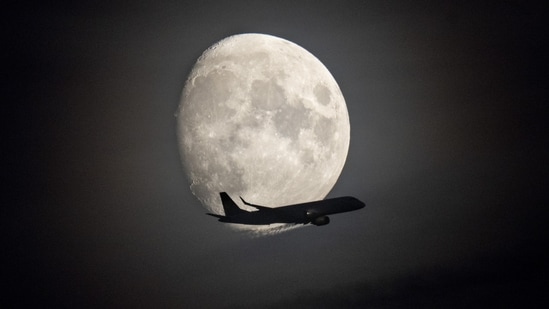Chandrayaan-2 spectrometer finds abundance of sodium on moon for first time

Image credit: Hindustan Times
From its distinctive X-ray line, the Chandrayaan-1 X-ray Fluorescence Spectrometer (C1XS) discovered sodium.
The Indian Space Research Organization reports that the X-ray spectrometer “CLASS” on the Chandrayaan-2 Orbiter has for the first time mapped an abundance of sodium on the moon (ISRO).
The sodium on the Moon can now be mapped thanks to the Chandrayaan-1 X-ray Fluorescence Spectrometer’s (C1XS) discovery of the element’s distinctive line in X-rays.
In a recent study that was published in “The Astrophysical Journal Letters,” Chandrayaan-2’s CLASS (Chandrayaan-2 Large Area Soft X-ray Spectrometer) was employed, according to a statement from the national space agency on Friday.
“CLASS produces crisp signatures of the salt line thanks to its great sensitivity and performance, the statement claims. It was constructed at the ISRO’s U.R. Rao Satellite Center in Bengaluru.”
According to the study, some of the signals might have come from a tiny layer of sodium atoms that are only tenuously bound to the lunar grains.
These sodium atoms would be less prone to being blown out of the surface by solar wind or UV light if they were a part of the minerals on the moon. Additionally, it is demonstrated that the surface sodium varies throughout the day, which may help to clarify how the exosphere is maintained by a steady flow of atoms.
The statement claims that this region referred to as the “exosphere,” begins at the moon’s surface and extends for thousands of kilometres before blending into interplanetary space.
The new data from Chandrayaan-2, according to the ISRO, “offers a tool to explore surface-exosphere interaction on the moon, which would aid in the building of equivalent models for Mercury and other airless worlds in our solar system and beyond.”
